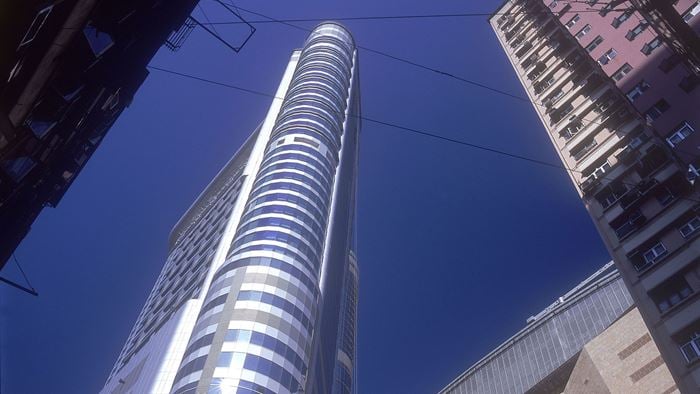Arup was commissioned to help create an action plan for the construction industry, particularly contractors, to meet targets set in the Strategy for Sustainable Construction. This joint industry and UK government strategy was published in 2008, and set an ambitious target to reduce carbon emissions from construction processes and associated transport by 15%, measured against 2008 levels.
Together with the Strategic Forum for Construction and Carbon Trust, Arup was instrumental in facilitating discussions between stakeholders across many industry associations, individual companies and policy makers. The action plan channels the industry’s carbon reduction efforts into a focused and coordinated response.
An initial study set a precedent by analysing carbon from construction processes across the sector. Arup developed a carbon accounting methodology to measure construction emissions and to work out the 2008 baseline carbon footprint for the industry. This new methodology can be used to repeat calculations year-on-year, helping to track performance in the future.

Eleven areas for action have been identified to tackle the key contributors to carbon emissions. Arup has provided clear guidance on how long these will take to implement, how much carbon will be saved, and the fuel cost savings available to the industry. Fuel-efficient driving and operation of plant on site, as well as the replacement of portable buildings with green cabins have been identified as straightforward changes that will make a big difference to emissions.
With the deadline for reductions approaching rapidly, the action plan focuses on measures that will make the biggest difference in the shortest timeframe. The industry operates on slim profit margins, so the most practicable measures are those that offer financial benefits quickly, without large capital costs. These are most likely to be adopted straight away.
The plan raises all-important awareness about carbon in construction processes, and gives clear direction about the measures that are available now and that offer benefits both for the industry and the environment.
 ;
;



